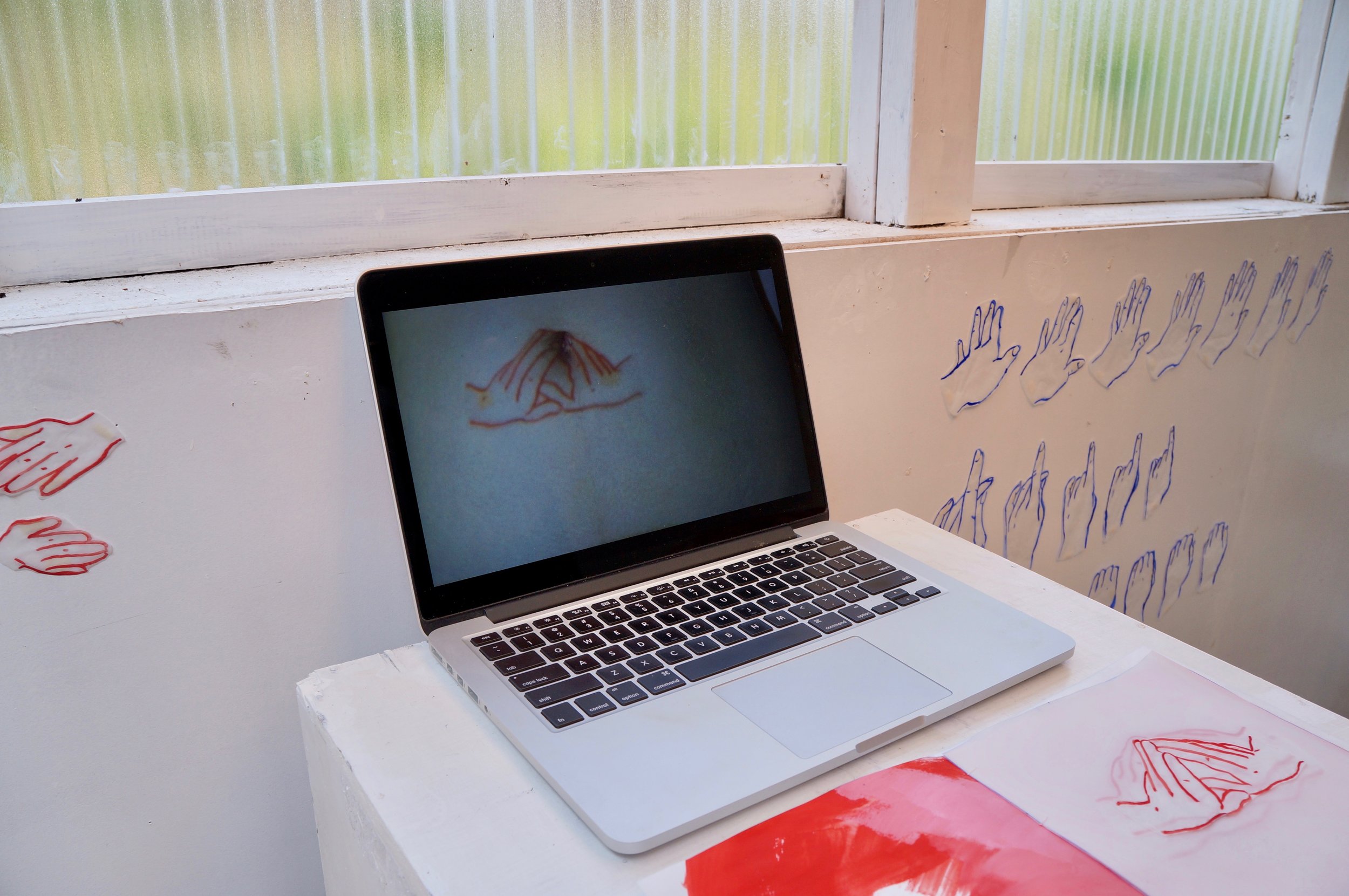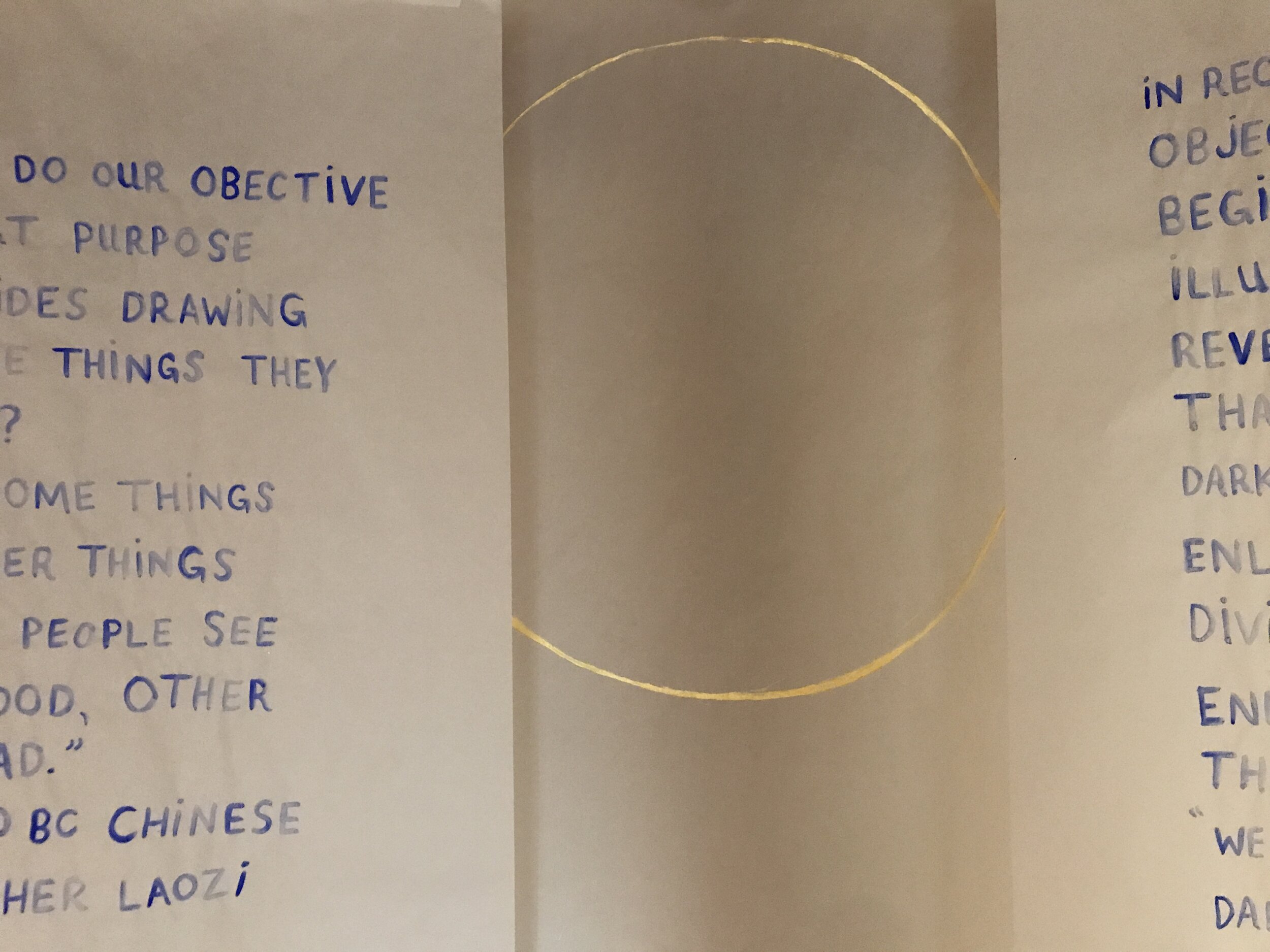ouroboros
studio kura
itoshima, japan 2019
yoni kami
performative stop-motion animation, handmade book
Yoni Kami explores the idea of spirits as they relate to the female body. Drawing from both Hindu and Shinto texts, the pieces reference yoni, an all-encompassing Hindu word for the female reproductive system, and kami, the Shinto spirits believed to inhabit all things. Displayed together, the handmade book and looped video support and reference one another, dancing between palpable, written concept and performative, alternate reality. Together they ask, what if our bodies had spirits that inhabited them? Would these spirits have memories of their own?





